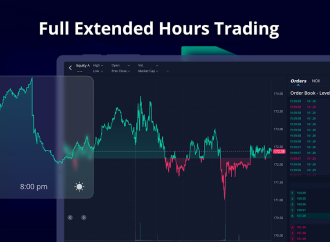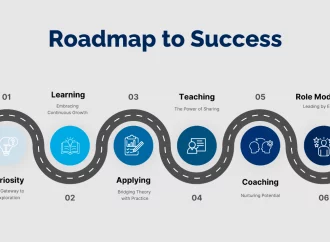Research methodology is an essential part of any successful research project. It is the means by which a researcher gathers, evaluates and interprets data in order to answer their research question(s). But with so many different research methods out there, it can be difficult to know where to start. This step-by-step guide will help you
Research methodology is an essential part of any successful research project. It is the means by which a researcher gathers, evaluates and interprets data in order to answer their research question(s). But with so many different research methods out there, it can be difficult to know where to start. This step-by-step guide will help you craft an effective research methodology that is tailored to the needs of your research project. We’ll cover topics like choosing a research design, selecting data collection methods and devising analysis techniques, so you’ll have all the knowledge you need to create a top-notch research methodology!
Define the research problem
Before you can create an effective research methodology, you need to first define the research problem. The research problem is the overarching question that you are trying to answer with your research. This question should be specific and focused, and it should be something that you can realistically answer with the data and resources that you have available. Once you have defined the research problem, you can begin to develop a plan for how to go about answering it.
Conduct a literature review
Before beginning any research project, it is essential to conduct a literature review. This will help to ensure that the research is well-informed and up-to-date. A literature review also allows the researcher to identify any gaps in the existing research, which can be addressed in the current study.
There are a few steps that should be followed when conducting a literature review. First, it is important to identify the key terms and concepts related to the research topic. Second, relevant articles should be located and reviewed. Third, the findings of the literature review should be summarized and discussed. Finally, implications for future research should be considered.
When conducting a literature review, it is important to use reliable sources of information. The best sources are peer-reviewed journal articles, as these have been through a rigorous process of evaluation by experts in the field. Other useful sources include books, book chapters, and conference proceedings. It is also possible to search for grey literature, such as working papers and reports from government agencies or think tanks.
Once all of the relevant sources have been located, it is time to start reading! It is important to take careful notes while reading, as this will make it easier to write up the results of the literature review later on. When writing up the results, it is helpful to organize them according to theme or topic. This will make the findings more accessible and easier to understand.
After completing a thorough literature review, it should be clear what
Develop a research design
To develop an effective research design, there are a few key steps that need to be followed. First, you need to determine what type of research you will be conducting. Will it be qualitative or quantitative? Second, you need to decide how you will collect your data. This can be done through surveys, interviews, focus groups, or observations. Once you have decided on your data collection method, you need to develop a plan for analyzing and interpreting your data. Finally, you need to write up your findings in a clear and concise manner.
Collect data
The first step in creating an effective research methodology is to collect data. This data can be collected through a variety of means, including surveys, interviews, observation, and secondary sources. The most important thing to remember when collecting data is to ensure that it is accurate and reliable. This means that you should only use reliable sources, such as those that are peer-reviewed or come from credible organizations. Once you have collected your data, you will need to analyze it to identify any patterns or trends.
Analyze data
Once you have collected your data, it is time to analyze it. This can be a daunting task, but there are some basic steps you can follow to make the process easier. First, take a look at the overall trends in the data. What are the general patterns you see? Next, look at specific groups of data and see if you can identify any trends within those groups. Finally, try to find relationships between different pieces of data. By understanding the data you have collected, you will be able to more effectively use it to support your research.
Write the research report
When you have finished your research and collected all of the data you will need to write the research report. This can be a daunting task, but if you follow a few simple steps it will be much easier.
- Start by organizing your data. This will make it much easier to write the report and ensure that all of the information is included.
- Write an outline of the report. This will help you to keep on track as you are writing and ensure that all of the important points are covered.
- Begin writing the report itself. Start with an introduction, followed by a literature review, methodology, results, discussion, and conclusion. Make sure to include in-text citations for any sources you use.
- Edit and proofread your report before submitting it. This will help to ensure that there are no errors and that the report is clear and concise.
Conclusion
With this step-by-step guide, you should now have a better understanding of the fundamentals of creating an effective research methodology. Developing a clear and concise research methodology can help increase the accuracy and reliability of your findings, which will in turn provide you with more meaningful results. It is essential to understand that even minor errors or inaccuracies can lead to major problems for your paper, so taking the time to create an effective research methodology is well worth it.





















Leave a Comment
Your email address will not be published. Required fields are marked with *